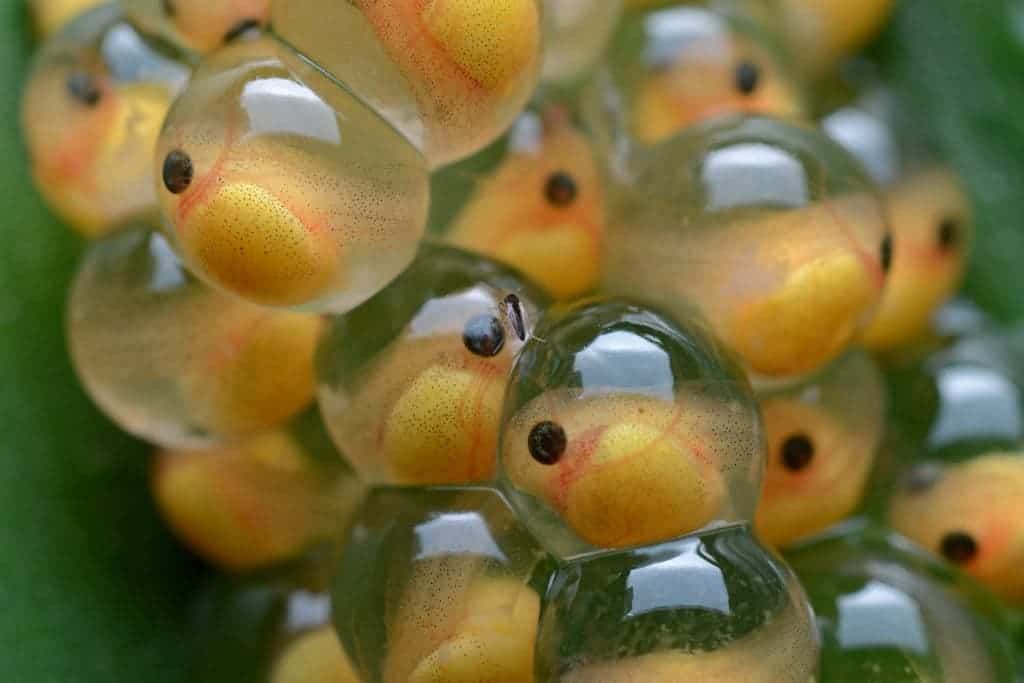Science can sometimes be really weird. Scientists at the Tufts’ Center for Regenerative and Developmental Biology wanted to see just how weird, so after removing a tadpole’s eyes they grew another one on its butt. They didn’t play with the “wiring” (nerve endings), they just took a primordium, the lump that will eventually develop into an eye, cut a hole in the tadpole’s tail and jammed it in. It’s almost a Frankenstein approach, but surprisingly, it worked.
There’s a lot of “WTF” to go through here, so let’s take it step by step. First of all, this kind of study works strictly on a tadpole. Tadpoles are the larval stage in the life cycle of an amphibian, particularly that of a frog or toad. When they’re first hatched, they have a more or less globular body, a laterally compressed tail and internal or external gills. As they grow, they undergo a metamorphosis, growing limbs, developing lungs and reabsorbing the tail. Their digestive system also changes greatly, developing from a herbivorous lifestyle as a tadpole to a carnivorous lifestyle as an adult.
The eyes also undergo a massive development. As they grow, they send out snaking tendrils of nerve fiber, or axons. We know this from previous experiments, where biologists injected these cells with a marker, fluorescent protein. This allowed them to visualize nerve growth as it happened. About half of the nerves connected directly to the spine, while the other half built connections near the stomach. But none of them connected to the brain. So researchers figured if tadpole eyes don’t connect to the brain, then they don’t have to be on the head, right? Well, I wouldn’t have made that leap, but they did.
So after administering the tadpoles with a fish sedative, they took out their eyes (the wounds heal really fast for them, in less than 24 hours). They then injected one of the eyes in the tail. Not only did the tadpoles detect light changes but also exhibited a learning visual behavior.
Obviously, this poses more questions than it answers. How did the eyes develop, and how did they know how to connect to the spine from the other end of the body? The study suggests that data is acquired and transmitted differently to the brain, but the mechanism by which it does this still remains a mystery.
The implications are significant, especially for cybernetic systems. If we could understand the brain’s and neurons’ plasticity (the ability to change from experience), we might one-day design cyborg systems that are not only programmed, but also learn and adapt. But on the other hand, we’re also falling dangerously close to a










